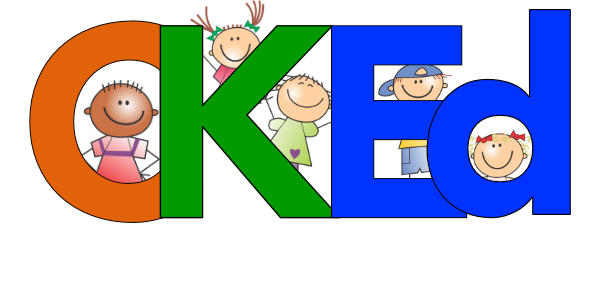February 3 - 5 Session
Grade 3: Modules 6 and 7
Collecting and Displaying Data
Geometry and Measurement Word Problems
Editable Documents for Session: Survey Question, Word Problems List
Papers: Dot Paper, Isometric Grid Paper
Focus Standards:
3.G.3 - Use a right angle as a benchmark to identify and sketch acute and obtuse angles. (Not directly addressed in Modules)
3.MDA.2 - Estimate and measure liquid volumes (capacity) in customary units (i.e., c., pt., qt., gal.) and metric units (mL, L) to the nearest whole unit. (Not directly addressed in Modules)
3.MDA.3 - Collect, organize, classify, and interpret data with multiple categories and draw a scaled picture graph and a scaled bar graph to represent the data. (Module 6)
3.MDA.4 - Generate data by measuring length to the nearest inch, half-inch and quarter-inch and organize the data in a line plot using a horizontal scale marked off in appropriate units. (Modules 6 and 7)
Grade 4: Modules 6 - Decimal fractions
Papers: Decimal Squares
Decimals on a Hundredth Disk (.pdf), Number Line , Hundredths Disk (online tool)
Focus Standards:
4.NSF.5 - Express a fraction with a denominator of 10 as an equivalent fraction with a denominator of 100 and use this technique to add two fractions with respective denominators of 10 and 100.
4.NSF.6 - Write a fraction with a denominator of 10 or 100 using decimal notation, and read and write a decimal number as a fraction.
4.NSF.7 - Compare and order decimal numbers to hundredths, and justify using concrete and visual models.
4.MDA.2 - Solve real-world problems involving distance/length, intervals of time within 12 hours, liquid volume, mass, and money using the four operations.
Grade 5: Module 5 - Addition and Multiplication with Volume and Area
Demo Lesson Notes and Monitoring Sheet
Volume Fermi Meets 3-Acts Task – How many cubes? What is the volume of the entire object?
5.MDA.3 - Understand the concept of volume measurement.
a. Recognize volume as an attribute of right rectangular prisms;
b. Relate volume measurement to the operations of multiplication and addition by packing right rectangular prisms and then counting the layers of standard unit cubes;
c. Determine the volume of right rectangular prisms using the formula derived from packing right rectangular prisms and counting the layers of standard unit cubes.
5.MDA.4 - Differentiate among perimeter, area and volume and identify which application is appropriate for a given situation.
5.G.3 - Understand that attributes belonging to a category of two-dimensional figures also belong to all subcategories of that category.
5.G.4 - Classify two-dimensional figures in a hierarchy based on their attributes. (volume, area, perimeter, polygon attributes-quadrilaterals)
Additional Materials/Readings
During the 5th grade session, we got into a conversation about multiplication. I mentioned an article, “It Ain’t No Repeated Addition” by Keith Devlin, that stirred up the math community a few years ago. That article was followed up with, “It’s Still Not Repeated Addition”. That article was followed up with, “Multiplication and Those Pesky British Spellings.” A few years later Prof. Devlin followed up with “What Exactly is Multiplication?”
